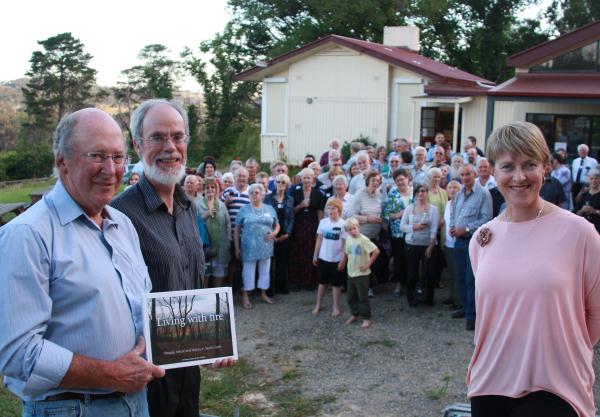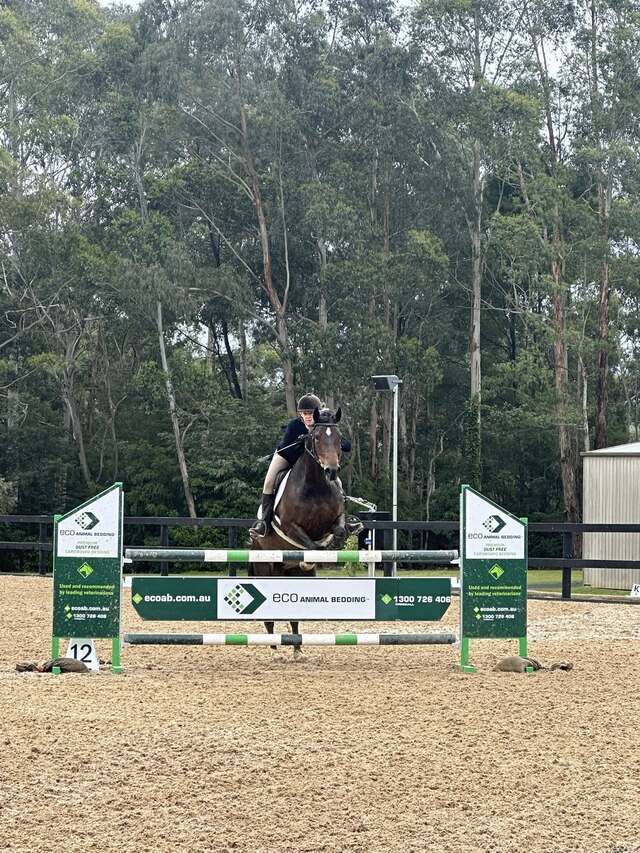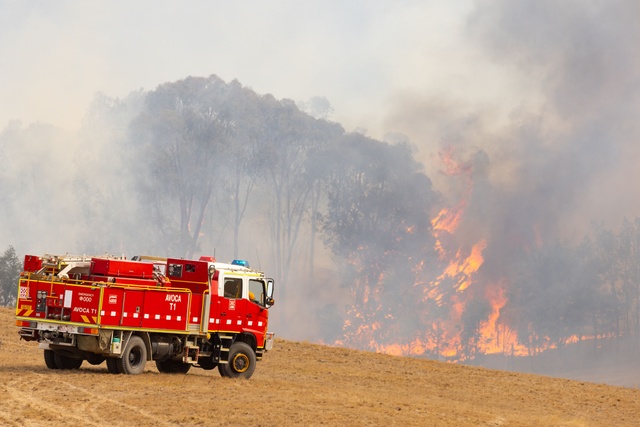LIVING with fire is something Steels Creek residents (Skreekians) know all too well.
It is also the title of a new book which looks at how the community has re-built and defined itself as a community after the Black Saturday bushfires.
The Steels Creek community came together on Friday, 23 November, for the launch of Living with Fire – People, Nature and History in Steels Creek by historians Tom Griffiths and Christine Hansen.
It was a bitter-sweet event for everyone gathered at the Steels Creek Community Centre which was the blackened meeting place where everyone came together just days after the fire had ripped through, taking the lives of friends and neighbours and causing shocking devastation.
The book is beautiful. The authors trace both the history of fire in the region and the human history of the Steels Creek valley in a series of essays which examine the relationship between people and place. Artwork, photography, poetry and personal insights contributed by local people make it a very personal experience.
Launching the book, resident Chris Mullen called on insights from a number of local people.
“We are here to celebrate a remarkable publication and to launch this first part of an upcoming trilogy about the Steels Creek community,” he said.
Describing the book as beautiful and evocative, he said “ … it feels good in every way.”
“The authors have managed to transform a mountain of notes, recordings, photos and artwork into an erudite, readable record of our community,” he said.
He thanked the authors for sharing their gifts through the book and said Living with Fire was a commemoration celebrating the gifts of those who had gone before.
“They have articulated difficult issues like deciding to stay or go, the blame game and the morality of language,” he said.
“The book is both a big look behind and a big look forward.”
He echoed the emotion that was barely beneath the surface for everyone on whose behalf he spoke.
“At the moment, reading Living with Fire could be painful for some people, but because of its historical, pictorial and literary content, it will become a reference text for the future,” he said.
The authors spoke of their unique experience within the Steels Creek community.
Ms Hansen said she remembered arriving in the valley in April 2009 and being overwhelmed by the devastation.
“I knew this book would in some part be about loss and grief and pain,” she said. “What I couldn’t have guessed back then was how much it would also be about creativity, friendship and community.
She thanked the artists, historians and others who had shared their stories so generously.
“You told us of your missing friends, your pets and the wild animals, the much-loved trees that were lost in the fire,” she said.
Mr Griffiths also spoke of the generosity and feeling of belonging.
He said the book was first and foremost for the people of Steels Creek.
“We hope it will contribute to your understanding of the history of your valley and help to make sense of what happened on Black Saturday,” he said.
“This is a book we have made together. You are its subject, and its writers and readers.”
He said it was a bold and creative venture taken together and built on the belief that a good reflective history was a path to healing, renewal and understanding.
“It is also a book for other Australian communities that live with fire,” he said.
Mr Griffiths said the greatest recommendation from their work was that Australia needed more studies such as the one they had completed in compiling the book.
He said studies of fire that are local, ecological and historical would become communities’ best survival manuals.
“In this way, your own harrowing experience might be transmuted into something that will help, and ultimately save, others,” he said.
The book is published by CSIRO Publishing. Visit www.publish.csiro.au for details.
Through the flames

Digital Editions
-

Horse Talk
Not the greatest weather for being out and about competing, but that didn’t seem to stop anyone. A great turnout of riders for Shirley Heights…





